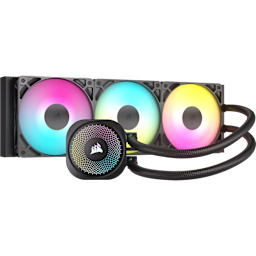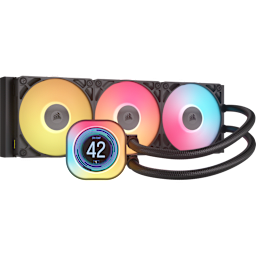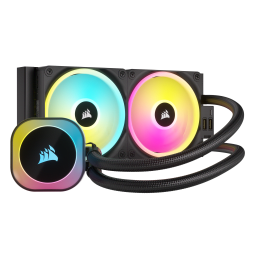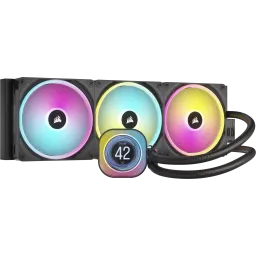Prime95 is a freeware utility that was first released in 1996, and it’s essentially a “torture test” for your CPU and memory. That is not our wording either, but the app’s developers, who put the words “torture test” right on the software. Like Furmark for GPUs, it is mostly used to test the stability of your CPU, memory, or both. If your system can't handle running Prime95 for an hour or so, it's possible you need to examine your CPU settings (including clocks and voltage), your power supply, your case's airflow, or your CPU cooler, as it's designed to torture a system, so it can expose weaknesses in your setup.
It will also test the performance of your CPU cooler as well. It will peg your CPU at 100% the entire time it’s running, so with the program active you won’t be able to do anything else on your computer, so plan accordingly. It’s the type of utility you run for a few hours to see if your system is stable while you're doing other things. Your humble author used to test pre-built PCs for a living, and we’d run Prime95 for 24 hours on every system we got for testing to see if it was stable before we even began our evaluation.
How to Run Prime95
When you first open the utility, it’ll appear as two windows overlaid on top of each other. The bigger window tracks the "workers" and the smaller window asks you what kind of torture test you would like to perform. The menu gives you four options:
- Small FFTs (CPU test)
- In-place large FFTs (memory test)
- Blend (mix of both)
- Custom

Generally speaking, if you want to stress your CPU you should choose Small FFTs, which stands for Fast Fourier Transform. This is an algorithm used to calculate the square of very large numbers. The small FFTs fit into a CPU’s cache, so memory is not touched at all, so this is exclusively a CPU test.
If you want to test your memory, choose large FFTs, as these are big enough to require moving them to memory for the test. If you want to test both CPU and memory, choose “blend,” and if you want something customizable you can select “custom” which lets you target a certain amount of memory in the test.

Prime95 is not much to look at while it's running.
For what it’s worth, most people will just want to run small FFTs to test the stability of their CPU and the attached cooler but be prepared to see your CPU temps spike to the absolute maximum running this test.

It's useful to keep an eye on your hardware using HWmonitor or similar during testing.
For context, we ran the small FFT test on an Intel Core i5-13600K and it spiked our CPUs temps from 31C idle to 81C in a few minutes, and that was on a CORSAIR H100i LCD cooler, which is a 240mm AIO. If you’re sporting a high-powered CPU like a Core i9 or AMD Ryzen 9 you might see temps hit 95C or so, but don’t worry as modern CPUs will thermally throttle themselves if temps get too high in order to prevent any damage.


CPU temp before Prime95 started.
CPU temp after running for about 5 minutes.
How does Prime95 Work?
It’s searching for Mersenne prime numbers, which are named after the French monk Marin Mersenne. The utility will look at a Mersenne number and try to determine if it’s a prime or not by running a series of squaring operations on it, which will test its integer and floating point capabilities, as well as max out every CPU core. The utility was originally designed for mathematicians and researchers, but its computational intensity made it popular in the PC testing community, which is why it's still used today. Plus, it's free and easy to run with a small footprint.
If you’re wondering how long it you'd have to run the utility to find one of these unique prime numbers, the current gap between discoveries is around 5 years, so you better plan ahead.
PRODUCTS IN ARTICLE















